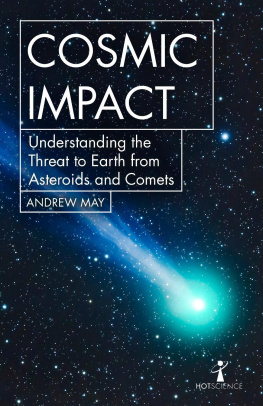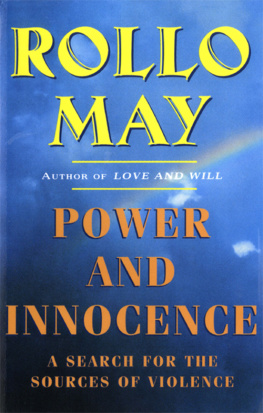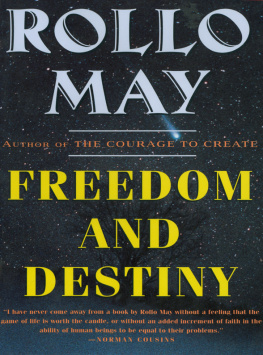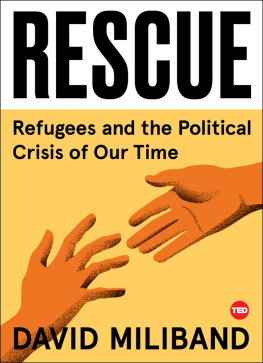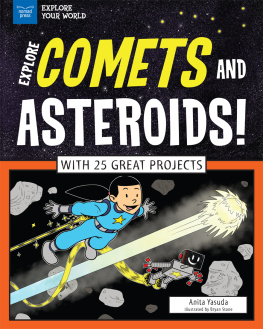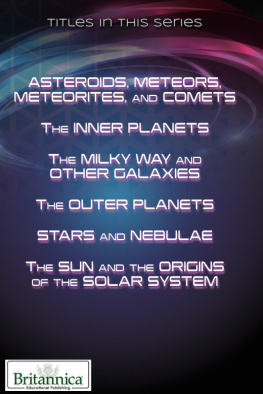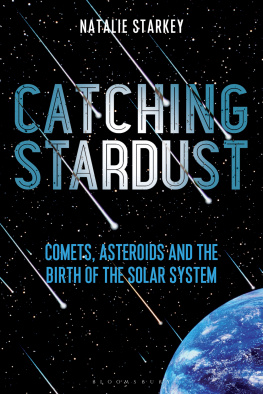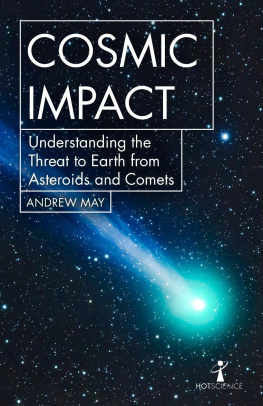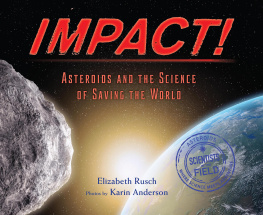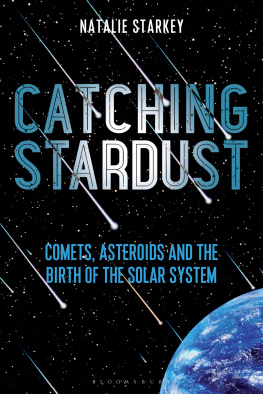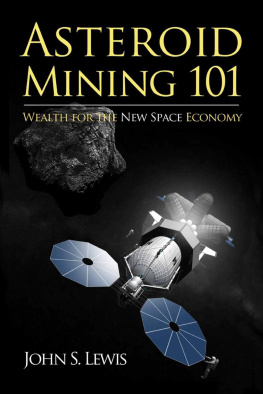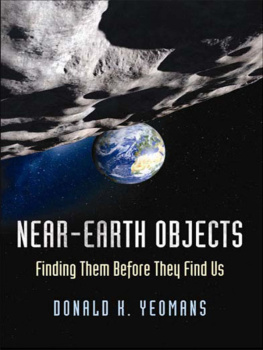In the popular imagination, an asteroid or comet impact is one of the top end of the world scenarios. Its a relative newcomer to the field, only having entered mainstream consciousness in the last decade of the 20th century thanks in large part to the Hollywood films Armageddon and Deep Impact but it took hold quickly and has stayed with us ever since.
If the gold standard of clich-dom is to be satirised in The Simpsons cartoon series, then cosmic impact makes the grade. Its right there in episode 492 from 2011. Bart says: No matter what we do, an asteroid is going to wipe us out. So we should party hard and wreck the place! to which Homer replies: Yeah, why should the asteroid have all the fun?
Popular culture aside, impacts from outer space really do pose a serious, ever-present threat. There are thousands of asteroids travelling on orbits that cross our own and any of these could, in theory, end up in exactly the same place as the Earth at the same time. The same is true of many comets and new comets are falling into the inner Solar System all the time. From a cosmic perspective, impacts arent a rarity theyre business as usual.
Its happened before
Lets start by looking at the Moon. Its appearance has been shaped almost exclusively by impact events. Aside from the thousands of obvious impact craters, virtually all its other visible features such as mountain ranges and the large dark areas that are misnamed seas were caused by impacts too. So why has the Moon suffered from cosmic collisions so much more than the Earth?
The answer is that it hasnt. The Earth has suffered just as much as the Moon, but various atmospheric and geological processes not to mention the water that covers almost three-quarters of the planet conspire to cover up the evidence over the course of centuries. Today, theres only one easily recognisable impact crater on Earth, the kilometre-wide Meteor crater (also known as Barringer crater) in Arizona. Its relatively fresh-looking (see page ) because its less than 50,000 years old the blink of an eye in the planets 4.5-billion-year history. However, if you know the signs to look out for, the Earth has plenty of other impact craters. Theyre generally older, and sometimes larger much larger.
Chicxulub crater, for example, sprawls for almost 200 km across the northern tip of Mexicos Yucatan peninsula and out into the Gulf of Mexico. Its the relic of a catastrophic collision that occurred 66 million years ago, when a rocky object about 10 km across plummeted into the Earth from outer space. Now thats a big chunk of rock, and it would obviously have caused tremendous destruction on a local scale. On the other hand, its not really that big compared to a planet thats almost 13,000 km in diameter. So the Earth as a whole would have hardly noticed the impact, right?
Wrong. The Chicxulub impactor was travelling at around 20 km/s (kilometres per second), which translates to an enormous amount of kinetic energy. When it hit, all that energy was transferred to the Earth in the form of a huge explosion. The biggest explosion that most people can visualise is the one that destroyed the city of Hiroshima in 1945. So lets try to imagine something five billion times worse than that, all concentrated in a single instant and at a single point on the Yucatan peninsula. That was Chicxulub.
The impact produced a huge cloud of dust and ash which enshrouded the planet and changed the global climate for centuries to come. The result was the extinction of around 75 per cent of all plant and animal species then living on Earth. Chicxulubs most famous victims were the dinosaurs those giant vertebrates that had dominated the biosphere for 150 million years. It wasnt the first time something like this had happened. The dinosaurs themselves came to prominence in the wake of an earlier mass extinction, and there were at least three others prior to that. They werent all necessarily caused by impact events there are other possible causes but its likely that at least some of them were.
If a 10-km object can cause so much devastation, what about a 1-km one or even 100 metres? Thats not going to wipe out whole species, but it could still be enormously destructive. The object that created Arizonas Meteor crater was only about 50 metres in size. It doesnt need much imagination to visualise what would happen if a similar object hit a densely populated city today. An object of similar size probably slightly larger entered the atmosphere over Russia in 1908. This one exploded at high altitude, so there wasnt any crater, but the resulting fireball scorched a huge area of forest, and the blast flattened millions of trees for a radius of 30 km. By a stroke of luck, this happened over the sparsely populated Tunguska river valley, so there were virtually no casualties. If the same thing had happened over Moscow, 3,600 km to the west, it would have been a different story.
In earlier times, before the notion of cosmic impacts was fully understood, an event like Tunguska would probably have been mis-recorded as some other type of natural disaster, such as an earthquake. Did people notice any correlation between such events and things seen in the sky? There has always been a strong association between comets and impending disaster, though more likely this was out of pure superstition.
In many cultures, a comet was once the archetypal bad omen. To give just one famous example, a bright comet appeared in the year 1066, shortly before the Norman invasion of England. One of the scenes in the Bayeux tapestry created by the Normans after their victory depicts the English king Harold being warned about it. His fate was sealed; the comet was taken as a certain portent of defeat (conveniently ignoring the fact that the Normans would have seen the comet too).
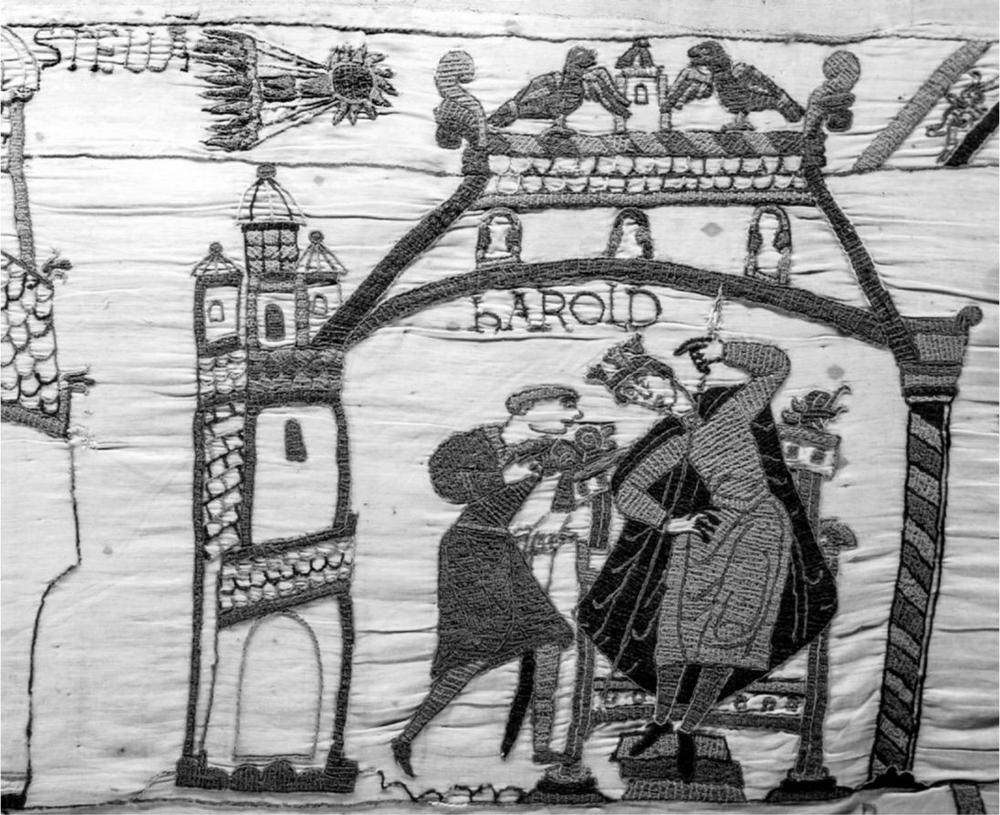
Halleys comet depicted in the Bayeux tapestry.
In hindsight, we now know that the comet of 1066 was Halleys comet the largest and most spectacular of the regularly appearing short-period comets. Its orbit brings it back to the inner Solar System time and again, roughly every 76 years. It has been seen since antiquity, but the fact that each appearance was the same object was only worked out after Isaac Newton developed his theory of gravity in the 17th century. Among other things, this explains how objects in the Solar System all move on regular orbits.
Newton was a professor of mathematics at Cambridge University, but it was a professor at Cambridges great rival, Oxford, who first demonstrated the tremendous predictive power of Newtons theory. This was Edmond Halley, from whom the famous comet takes its name. After observing a comet in 1682 and calculating its orbit, he realised that it was exactly the same comet that had been recorded on at least two previous occasions, in 1531 and 1607. He extrapolated the orbit forwards to work out that the comet would appear again in 1758 which it duly did, 17 years after Halleys death.
This new understanding hardly made cometary paranoia go away it just changed its nature. To quote Carl Sagan and Ann Druyan:
The brand of mischief that comets are said to bring flood, darkness, fire, rending the Earth asunder changes with time and astronomical fashion. But the association of comets with catastrophe remains curiously steady through the generations.
Even Halley wasnt immune. In 1694, he presented a paper to the Royal Society called Some considerations about the cause of the universal deluge. Despite wrapping it up in the technical-sounding term universal deluge, what he was talking about here was nothing other than the Biblical Flood. In his paper, he ascribes this to the casual shock of a comet or other transient body using the word casual in its original sense of occurring by chance.

